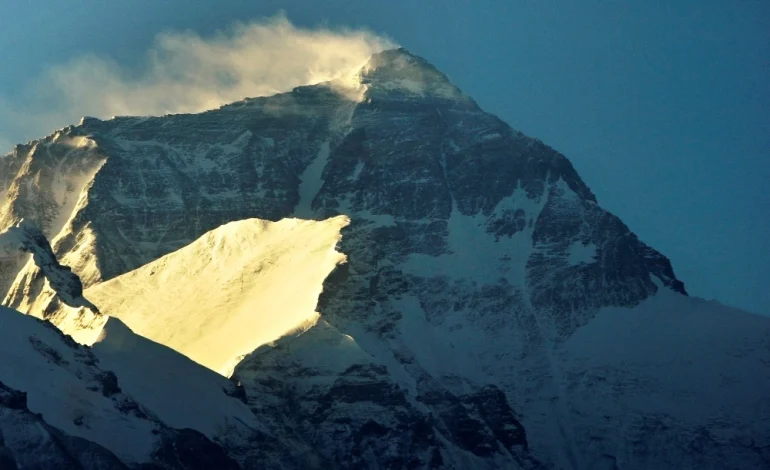Mount Everest, the world’s tallest peak, isn’t just a towering giant – it’s also a growing one, thanks in part to a river system merger that occurred tens of thousands of years ago. A new study published in Nature Geoscience reveals that Everest has gained between 50 and 160 feet in height due to this geological event, NBC News reports.
While the collision of tectonic plates has been a primary driver of the Himalayas’ rise, researchers have long been puzzled by Everest’s exceptional height compared to its neighbors. The study provides a new piece of the puzzle: the merging of the Kosi and Arun rivers about 89,000 years ago.
The combined river’s immense power eroded vast amounts of rock and soil from the Himalayan base, nearly 50 miles away from Everest. This erosion triggered a process known as isostatic rebound, where the Earth’s crust, relieved of weight, rises like a boat when something is removed.
“Essentially, as the river carved away more rocks, the Earth’s crust rebounded, rising like a boat when weight is removed,” explained Dai Jingen, a geoscientist at China University of Geosciences in Beijing and a co-author of the study.
This rebound is estimated to cause Everest to grow by 0.16 to 0.53 millimeters annually, contributing significantly to its overall elevation.
The study’s findings challenge traditional models of Himalayan formation, which have primarily focused on tectonic activity. It highlights the interconnectedness of Earth’s systems, emphasizing that seemingly isolated events can have surprising and lasting impacts on the landscape.
“These findings are certainly surprising,” said Dai, adding that they could lead to a re-examination of current models of Himalayan formation. “It also emphasizes the importance of viewing the Earth as an interconnected system, where changes in one area can have surprising and significant impacts elsewhere.”









